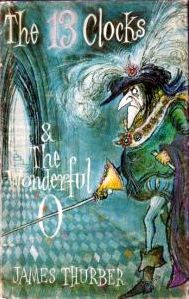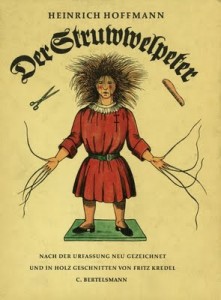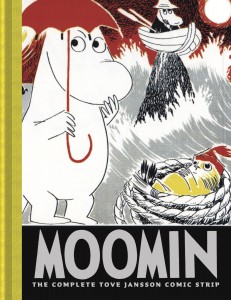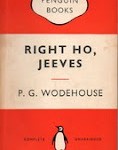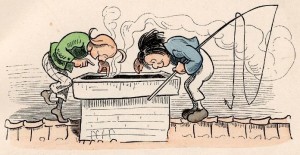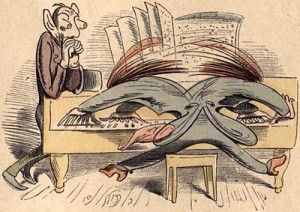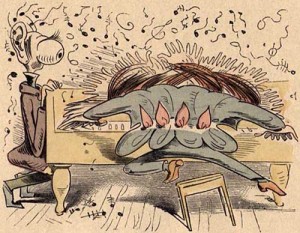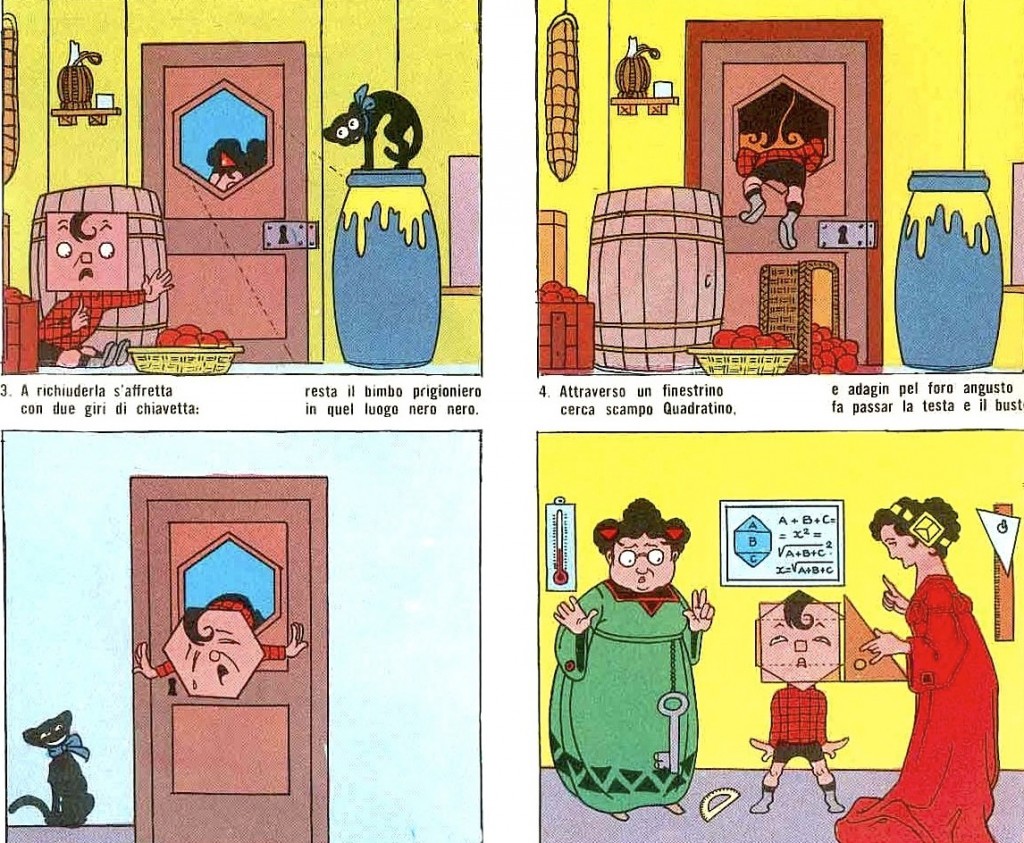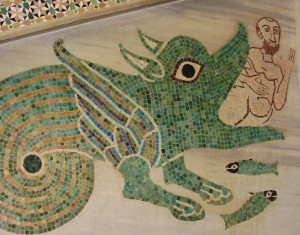Farmer Palmer’s Wagon Ride
Saturday, March 19th, 2016William Steig, (creator of Shrek) has been called ‘one of the finest cartoonists and creators of children’s books’ (Jonathan Cott). He began writing for children at 60 and his stories are often uncompromising but always celebrate the richness of relationships and nature. Steig used sophisticated language to entertain readers rather than befuddle them. 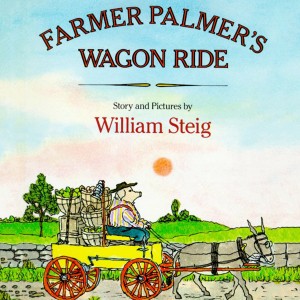
The picture book Farmer Palmer’s Wagon Ride is one of his most playful. A farmer-pig suffers a series of slapstick mishaps as he takes gifts home to his beloved family. I love his description of a rainstorm:
‘Harum-scarum gusts of wind … a drubbing deluge … thunder rambled and rumbled … it dramberamberoomed!’
